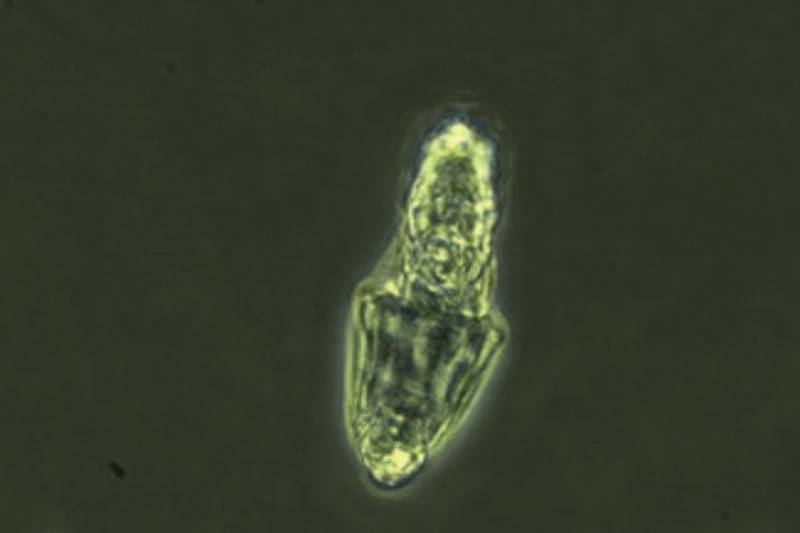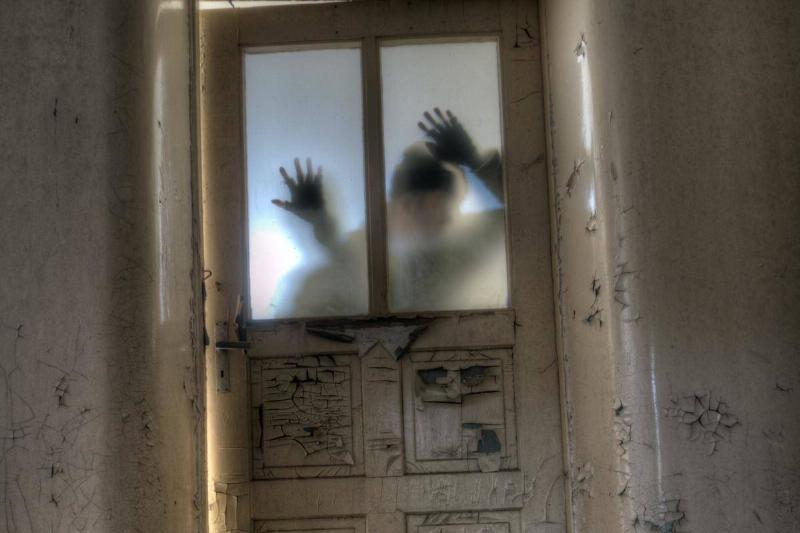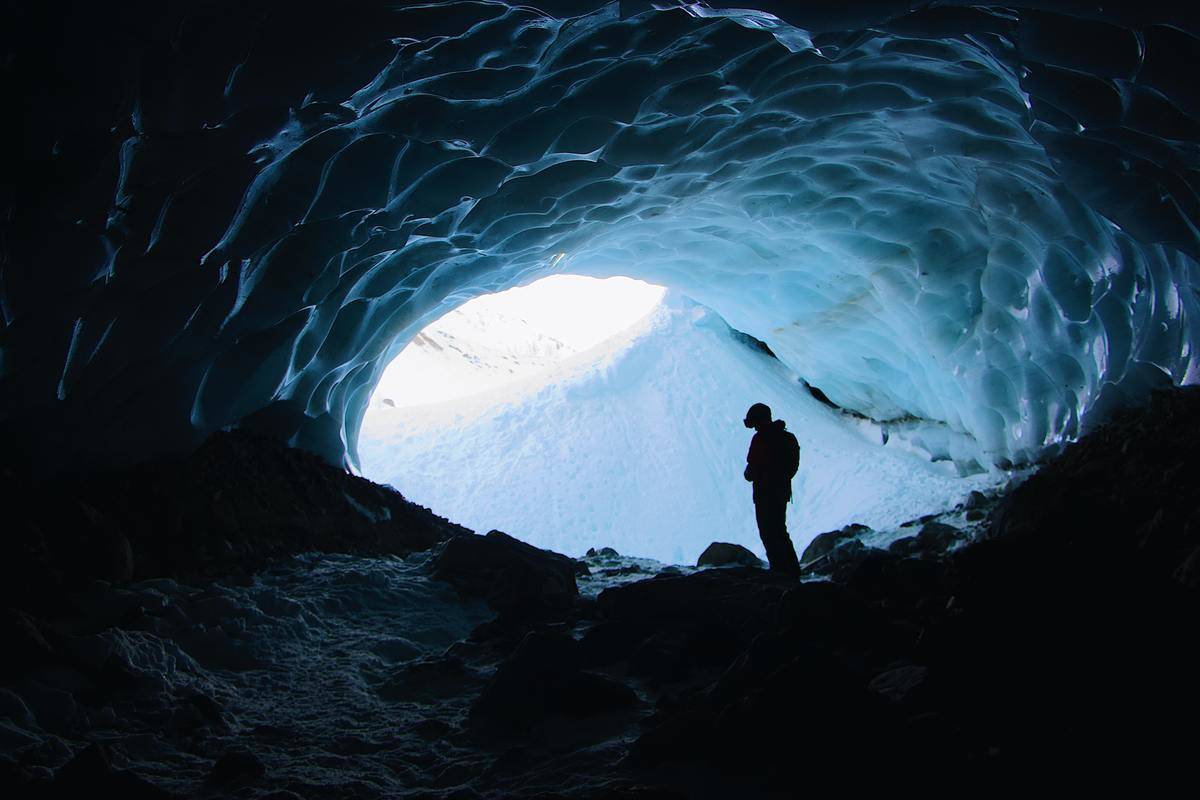Scientists Revived “Zombie Virus” Stuck Under Permafrost For 50,000 Years
We think of zombies as fictional characters in TV shows that we watch with our eyes half closed. We like imagining a world where we might have to tap into our survival instincts to escape zombies before they turn us into one. But we also prefer to leave it as a fantasy and many of us don't actually feel prepared to face any "undead" in real life.
That's why the fact that scientists have recently brought back to life zombie "virus" that was frozen in permafrost for 24,000 years has been making headlines worldwide. Before you worry, this is what scientists have actually found so far.
Are you interested in learning more about the secrets of your dreams? Tap into the 4,000-year-old science of Numerological Analysis with a FREE Numerology video report!
Discovered In Siberia

The "zombie virus", known more officially as Pandoravirus yedoma, was discovered by scientists under permafrost in Siberia. Permafrost is a natural condition that keeps the ground below 0 °C (32 °F) for at least two years, also known as perfect condition to store a virus. It can also be found under the ocean or on land and mostly in the Northern Hemisphere.
Fear not, as this discovery was made on purpose by scientists. The scientists found a total of 13 primitive viruses that were lying dormant under the ice. The "zombie virus," in particular, had been hidden for about 50,000 years old, or 48,500 to be precise.
Some of the other viruses were found in mammoth wool and the intestines of a Siberian wolf that were buried under the permafrost for thousands of years.
Scientists Revived The Zombie Virus

Scientists don't seem to be too worried about a zombie apocalypse happening any time soon. They are taking measures so that they find these viruses with intention and don't just stumble on them to disrupt the order of nature.
They went to a Siberian area that was frozen for at least 2.6 million to 11,700 years ago and carefully carved off a slice of permafrost. Then, the scientists revived the zombie virus as a precautionary measure to research it properly and assess any dangers.
Real-Life Zombies? Not So Much

There is a reason this virus has been dubbed a "zombie virus." It comes from creatures known as bdelloid rotifers, or wheel animals. They're named after the wheel-like ring of tiny hairs that circle their mouths. These animals are microscopic and live in freshwater. They've been around for about 50 million years, although they have picked some survival tricks along their journey.
After finding the frozen rotifers, the scientists gently thawed them until they came back to life, just like a zombie. Even their asexual reproduction started functioning again.
Preservation By Permafrost

Permafrost allows living organisms to put their life on pause in a frozen state for thousands of years. Think of the organisms living in permafrosts as snapshots of life (and death) from millennia ago.
For example in 2020, a team found a small bird carcass also in Siberia that looked like it had died just days a few days prior but was actually 46,000 years old. The frozen state allows them to keep a lifelike appearance and even return to life from a frozen state.
Frozen In Time

Their permafrost place allows organisms to live in suspended animation state called cryptobiosis. Researchers learned that the modern version of these creatures could be frozen at minus 4 degrees Fahrenheit (minus 20 degrees Celsius) and then revived up to 10 years later.
"They suspend their metabolism and accumulate certain compounds like chaperone proteins that help them to recover from cryptobiosis when the conditions improve," explains lead author Stas Malavin, a researcher at Russia's Institute of Physicochemical and Biological Problems.
The Risk To Humanity

What does this mean to humanity? Well so far, we seem to be at low risk, but that doesn't mean that nothing bad could ever happen. Science allows us to gain an understanding of the world around us and to manipulate it, but the cost of that is the risk of messing with the natural order.
If the microbes are released or fall into the wrong hands and are cloned, they will become a big threat to public health, according to Jean-Marie Alempic, a researcher at the French National Centre for Scientific Research.
How Deadly Can Viruses Be?

There are environmental concerns as the Earth gets warm from global climate changes and permafrost starts to melt. All the microbes that have been trapped under there for years will be released into the atmosphere. If we're not prepared, we could experience an era even worse than the covid pandemic.
Scientists are still researching how deadly these viruses can be, and that's why they chose to revive them in the first place. Yet so far, they have only gathered 13 of them. Who knows how many still live under the rest of the permafrost
The Pre-Covid / Post-Covid World

To put this matter in a higher perspective, think of the world before the Covid-19 pandemic and post it as we live in it now. Life has completely changed, and new norms are in place. For a while, the whole world stopped because of this virus. No one was allowed even to leave their home. We had curfews, shortages of basic supplies and food, restrictions on travel, and kids couldn't even go to school. That was just one virus...
The Coronavirus pandemic isn't even fully over, as new cases and variants keep popping up, but if rotffiers or other mysterious viruses join the lineup, our chances of survival aren't looking great.
Could Human Beings Be Preserved Next

The zombie virus has gotten people wondering if human beings can be preserved the same way, frozen in time until they're ready to be defrosted and brought back to life sometime in the future. While this may be possible, we're not quite there. Scientists are using their discoveries to research it, however.
"Organisms isolated alive from permafrost potentially represent the best models for cryobiology research," Malavin said. That means that this virus could provide valuable clues about the mechanisms that allow those organisms to survive. They plan to test the organisms in cryopreservation experiments with human cells, tissues, and organs, he said.
For now, we wait: "The more complex the organism, the trickier it is to preserve it alive frozen," he said. "For mammals, it's not currently possible."
Life's True Purpose

Are you still searching for your life purpose? Until we figure out how to freeze ourselves and live on, the time is now. You won't believe what the science of Numerology can reveal about you!
That's right, the numerology of your birth date, regardless of what month you were born, can reveal surprising information about your personality.
Click HERE to learn what Numerology says about your life using only your Birth Date.





